The comparison of NEMA standard and IP grade
 Dec 26,2016
Dec 26,2016

 JLKJ
JLKJ
The comparison of NEMA standard and IP grade
What is NEMA?
The National Electrical Manufacturers Association (NEMA) publishes more than 600 standards, application guides and technical papers on a wide range of topics related to electrical product function and safety, helping US manufacturers ensure the compatibility, proper function and safety of their products. One familiar example is the system of NEMA ratings for plugs used in North America to accommodate different voltage and amperage ranges.
What are NEMA ratings?
Despite the broad mission of the NEMA organization, the term “NEMA ratings” is used colloquially to refer to a very specific standard for electrical enclosures. NEMA standard ICS 6 categorizes enclosure types according to their ability to protect against ingress or damage due to liquids, dust and corrosive chemicals. NEMA publishes a new review of these standards every five years, and the 2013 draft is currently in progress. These generally involve improvements in testing standards that manufacturers need to know about, but they typically do not affect what the ratings mean in terms of specifying equipment for particular applications.
How are Enclosures Certified under the NEMA Rating System?
NEMA does not test products and is not affiliated with UL or any other testing laboratories. Instead, NEMA simply defines and publishes enclosure standards, and manufacturers’ compliance with those standards is entirely voluntary. Manufacturers can self-declare their compliance, although some manufacturers, including Appleton Electric, do use third-party testing and certification to provide their customers with objective assurance that the products they buy will perform as expected. NEMA does provide a list of testing laboratories and certification bodies that perform this service as well.
Non-hazardous location NEMA enclosure types
· Type 1: General purpose, indoor use. Provides a degree of protection against human contact with electrically-charged, live parts and against ingress of solid foreign objects such as falling dirt.
· Type 2: Drip-proof, indoor use. Same protection as Type 1 but adds protection against dripping and light splashing of water.
· Types 3R, 3RX: Rain-tight, sleet-resistant. Indoor or outdoor use. Same protection as Type 1, but adds a degree of protection against ingress of falling dirt, rain, sleet and snow; also protects against damage due to external ice formation. Rust-resistant. The “X” designation indicates corrosion-resistance.
· Types 3, 3X: Dust-tight, rain-tight, sleet-tight. Indoor or outdoor use. Same protection as Type 3R but adds protection against windblown dust. The “X” designation indicates corrosion-resistance.
· Types 3S, 3SX: Dust-tight, rain-tight, sleet-tight. Indoor or outdoor use. Same protection as Type 3 but includes external mechanisms that remain operable when ice-laden. The “X” designation indicates corrosion-resistance.
· Types 4, 4X: Water-tight, dust-tight, sleet-resistant. Indoor or outdoor use. Same protection as Type 3 but adds protection against splashing and hose-directed water. The “X” designation indicates corrosion-resistance.
· Type 5: Dust-tight. Indoor use. Same protection as Type 2 but adds gaskets to prevent ingress of settling dust, lint, fibers and flyings.
· Types 6, 6P: Submersible, indoor or outdoor use. Same protection as Type 4, but adds protection against occasional temporary submersion (Type 6) or prolonged submersion (Type 6P) at limited depth.
· Types 12, 12K: General purpose, indoor use. Protects against falling dirt and circulating dust, lint, fibers and flyings. Protects against ingress of dripping and splashing water. Rust-resistant Type 12 enclosures do not include knockouts; Type 12K enclosures do include knockouts.
· Type 13: General purpose, indoor use. Same protection as Type 12, but adds protection against ingress of spraying, splashing or seeping oil and noncorrosive coolants.
Hazardous location NEMA enclosure types
Note that all equipment designed for use in hazardous locations must be certified by a nationally recognized testing laboratory, such as UL. In addition to the NEMA type, look for the appropriate hazardous location equipment markings.
· Type 7: Explosion proof, indoor use. Class I, Division 1 hazardous locations, Groups A, B, C and D.
· Type 8: Explosion proof, indoor or outdoor use. Class I, Division 1 hazardous locations, Groups A, B, C and D.
· Type 9: Dust ignition proof, indoor use. Class II, Division 1 hazardous locations, Groups E, F and G.
· Type 10: MSHA. Meets the requirements of the Mine Safety and Health Administration, 30 CFR Part 18.
IP Codes
IP codes was provided by IEC system which specify the ingress protection afforded by electrical enclosures. IP codes are two-digit numbers, with the first digit representing the degree of protection against entry of solid objects (fingers, dust, etc.) and the second digit representing protection against ingress of water.
Dust Proof
1X: Proof invade of solid object with diameter > 50mm
2X: Proof invade of solid object with diameter>12.5mm
3X: Proof invade of solid object with diameter>2.5mm
4X: Proof invade of solid Object with diameter>1.0mm
5X: Dust proof (Can not proof dust completely, but invaded dust will not affect the normal usage of electric equipment)
6X: Dust proof (Can proof dust completely)
Water Proof
X1: proof vertically falling droplet water invaded in electric equipment
X2: Proof droplet water damage when electric equipment inclined 15 degree
X3: proof damage when water sprayed angle less than 60 degree
X4: Proof damage when water splashed from all angles
X5: Proof damage when water sprayed from nozzle.
X6: Proof damage from water wave
X7 proof damage when dip in water in a certain pressure and time
X8 proof damage when sink in water in a long term
Comparison of NEMA and IP code
Normally speaking, IP code only describe protection against dust and water, while NEMA ratings often go beyond describing protection against ingress of water to include other factors – for example, resistance to ice, rust, corrosion or oil.
Golden Future Explosion proof LED lamps DL611, DL607, DL618 were identified with IP grade, but all of them are aluminum alloy housing/ stainless steel housing coated with corrosion proof powder.
So, all of then are IP66. Water proof, dust proof, corrosion proof and impact resistance.

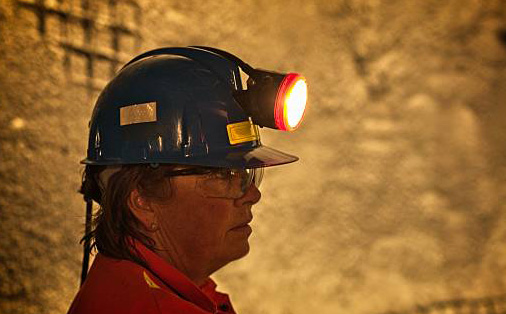






 HOME
HOME


 At least 20 killed in DRC illegal gold mine collapse
At least 20 killed in DRC illegal gold mine collapse  You May Also Like
You May Also Like
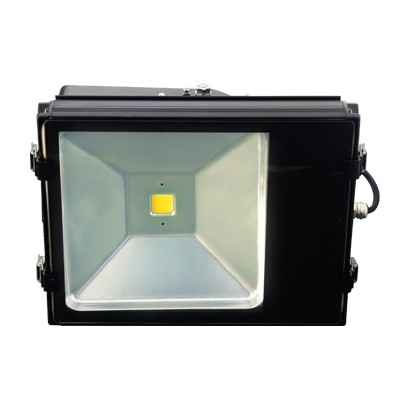


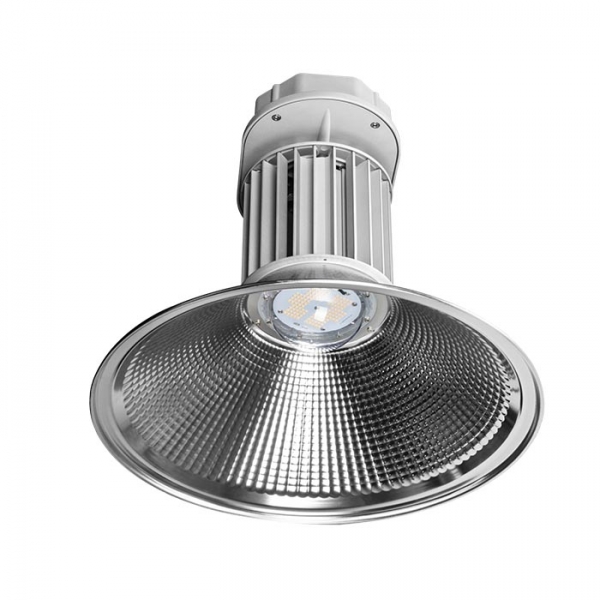
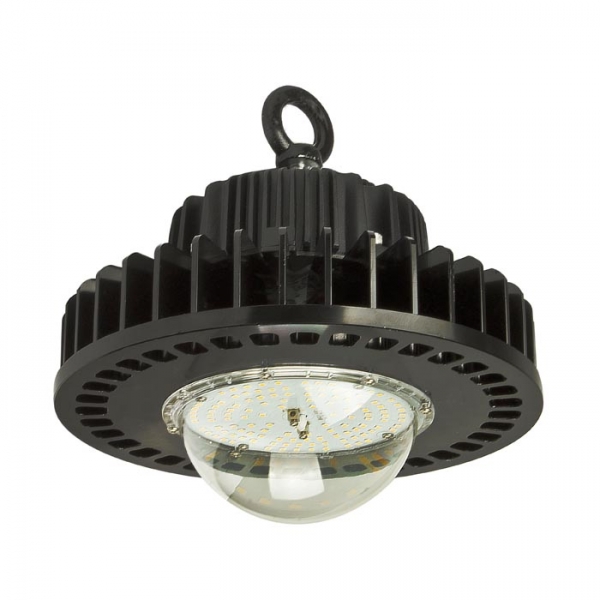
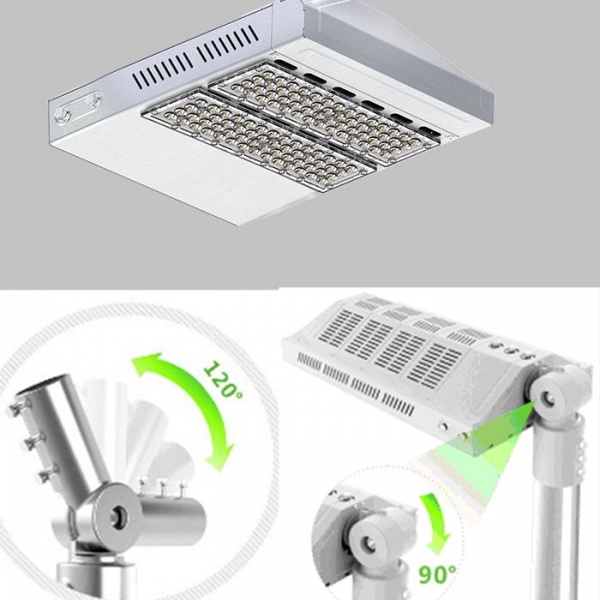
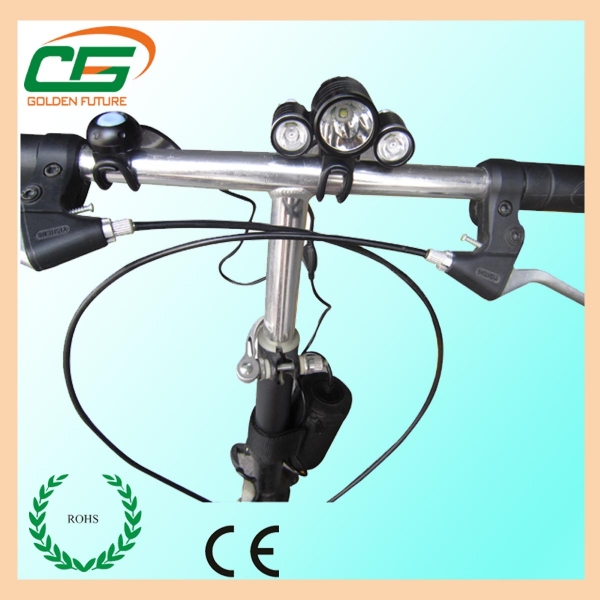
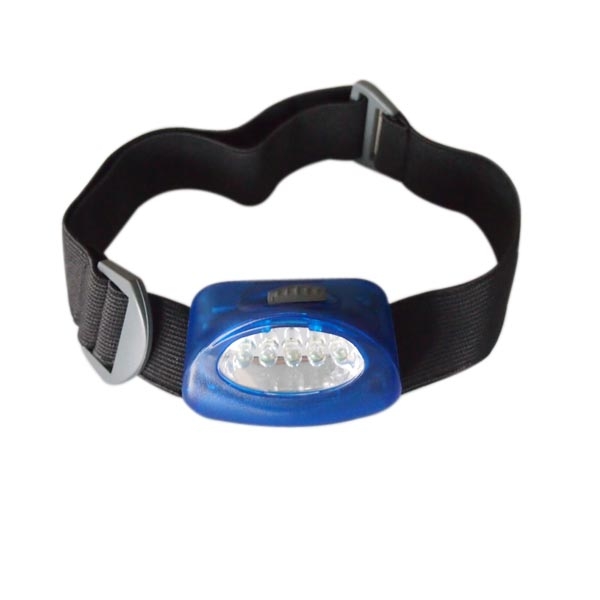
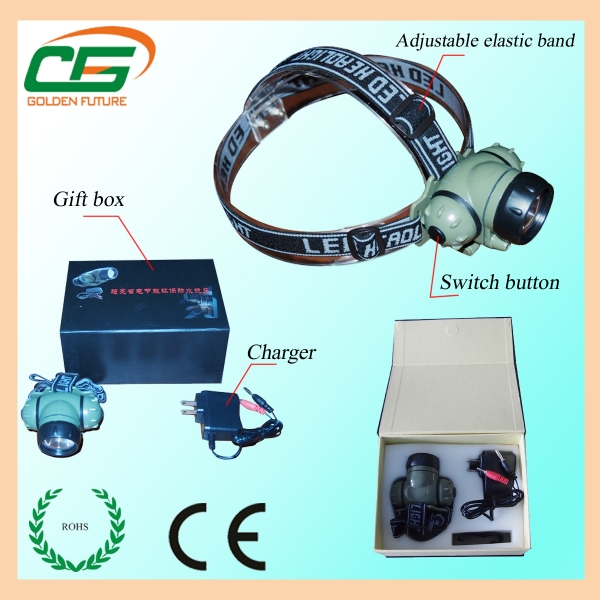
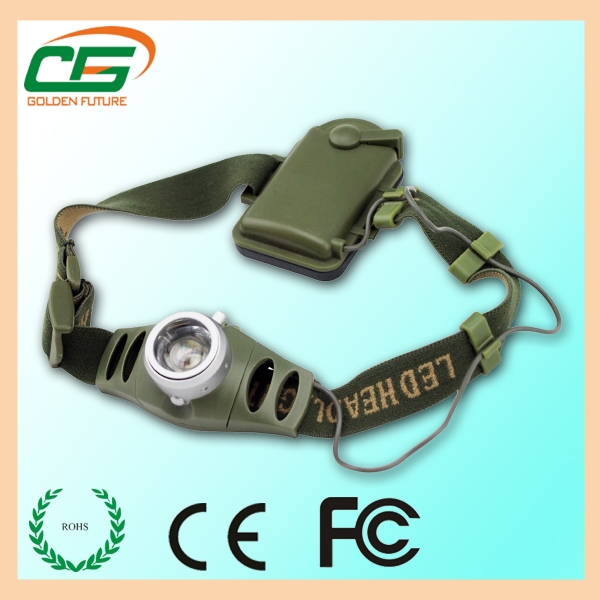

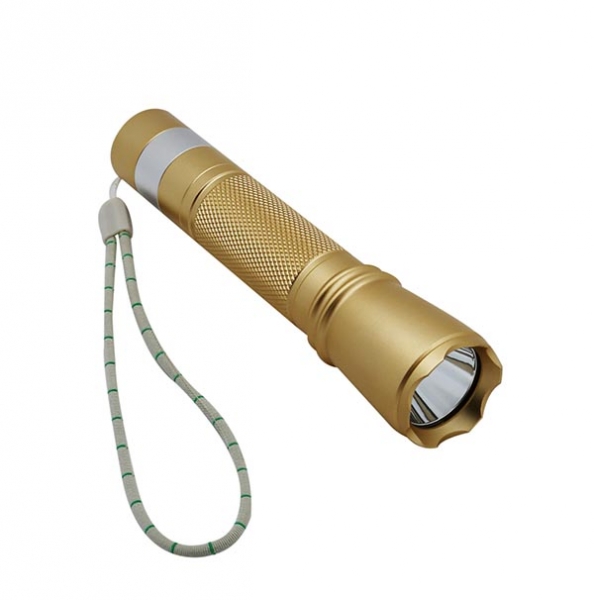
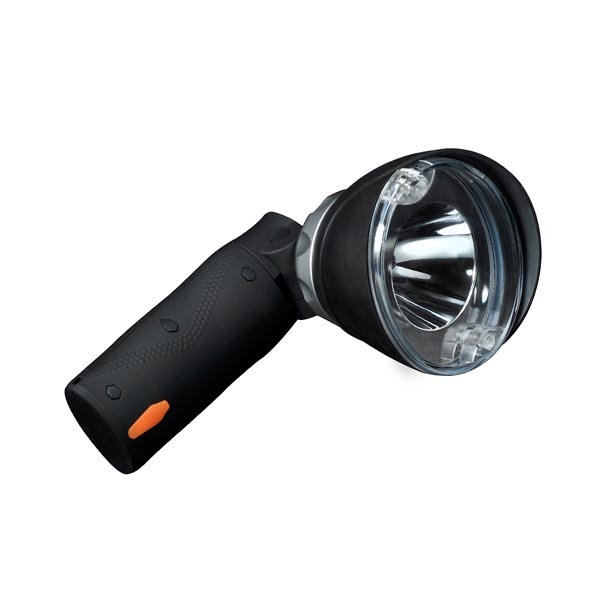
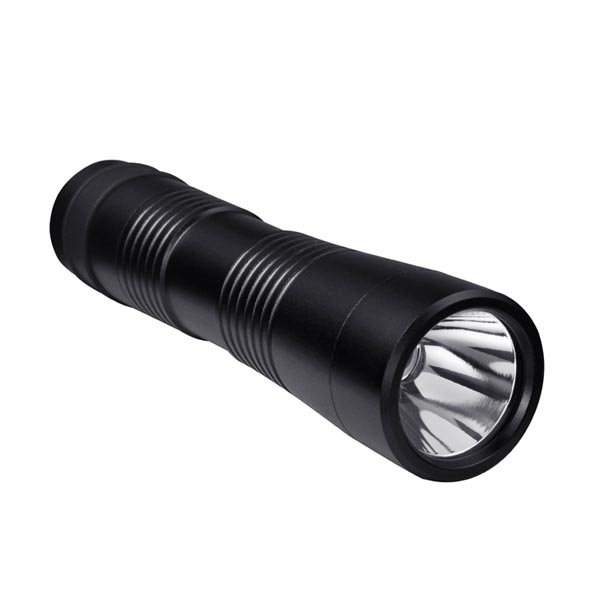
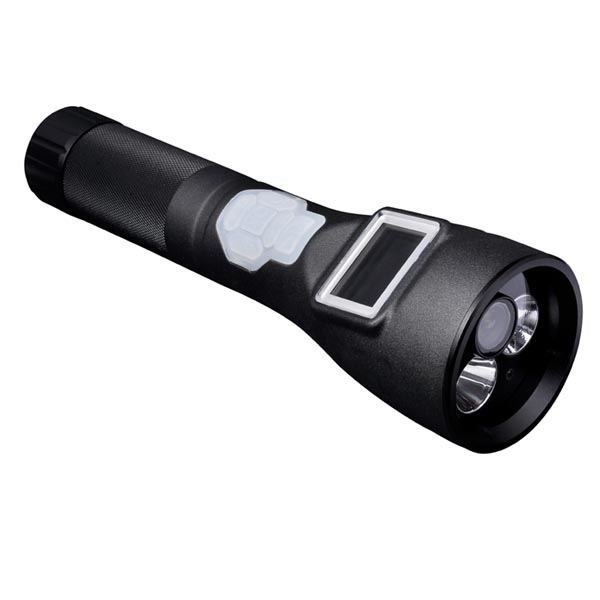
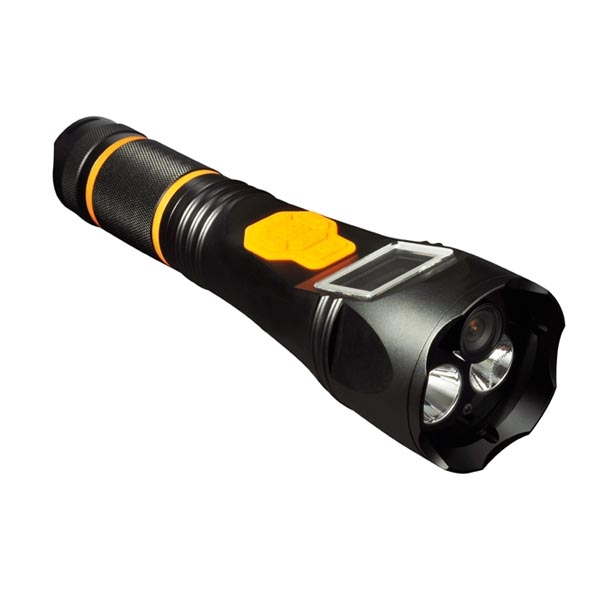
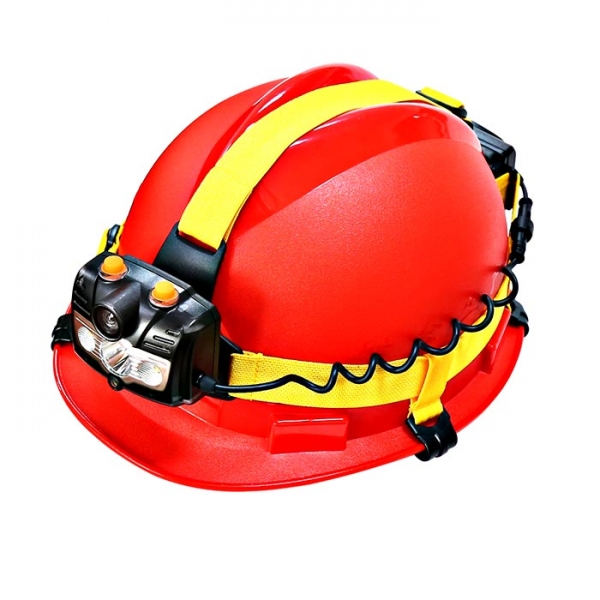
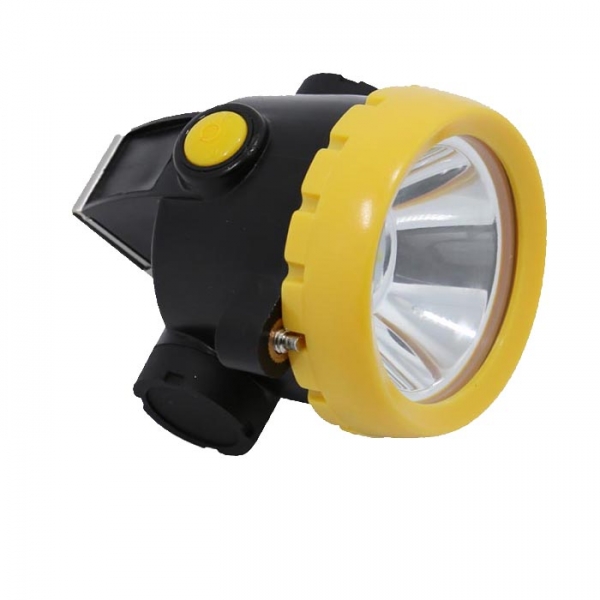
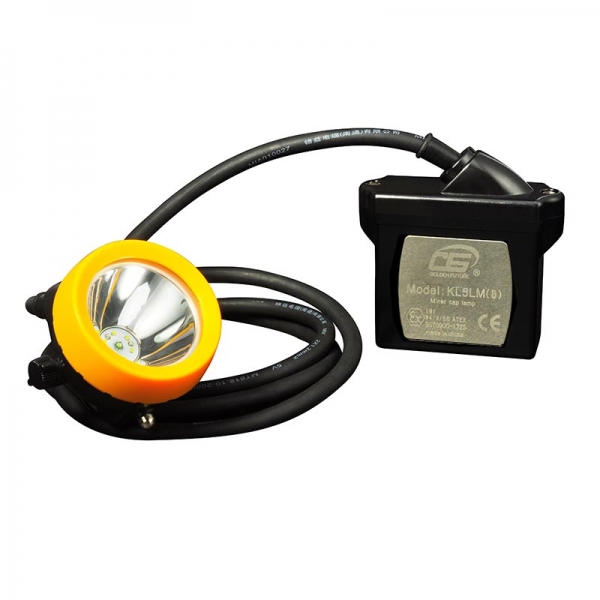
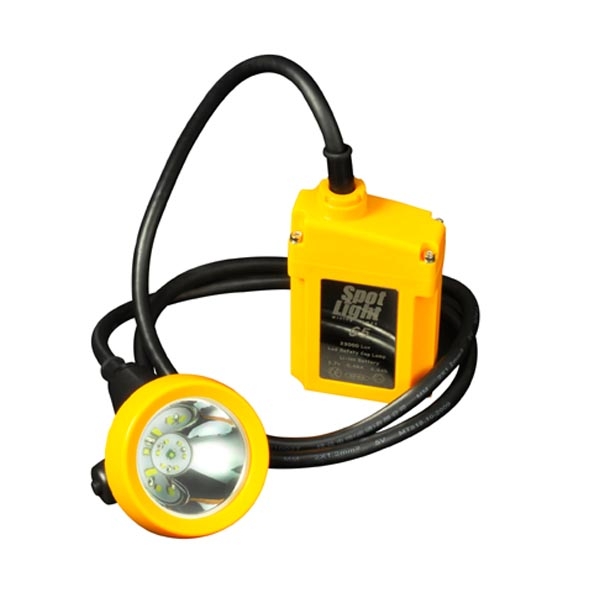
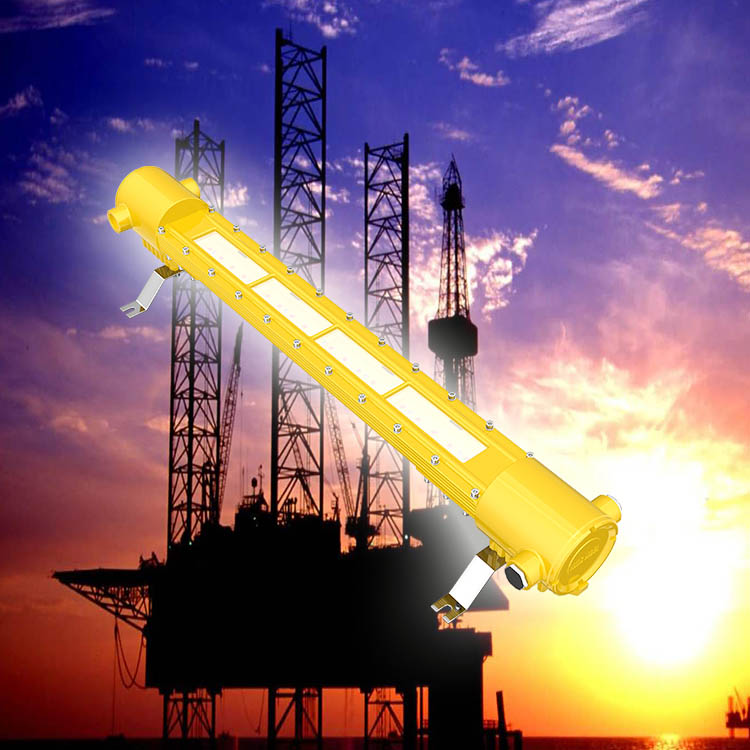

 Tel
Tel
 Email
Email
 Address
Address





